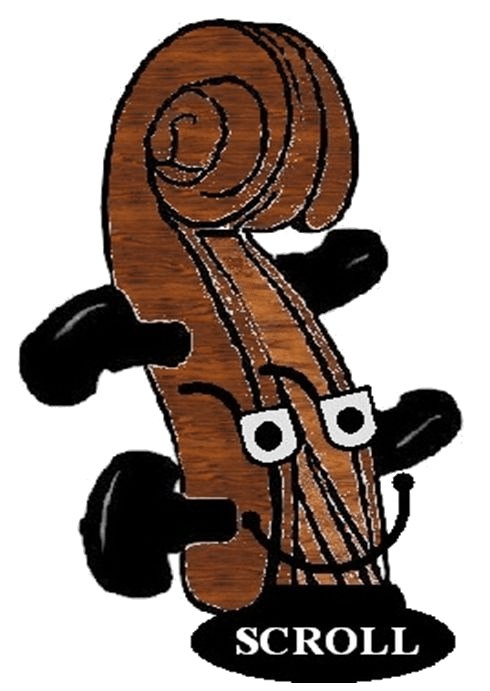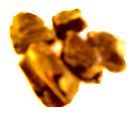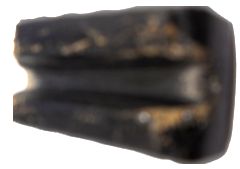ROSIN


ROSIN is primarily made from pine tree sap.
Rosin is an extremely sticky substance.
Luthiers prefer to call rosin Colophon (col·o·phon) named after an ancient Turkish city known for its high quality resins. In books, a Colophon is the publisher’s emblem at the beginning or ending of a book. Rosin is the horse-hair’s finishing touch, allowing the bow to function.
Rosin is collected from trees, just like trees are tapped for their sap for syrup. Although primarily consisting of pine resin, rosin often is mixed with sap from spruce and fir trees. Rosin may be mixed with beeswax as well.
When heated, rosin is refined into a blended liquid mixture. This purified resin mixture is then poured into a mold, which then hardens into “cakes.” Rosin cakes are then polished and encased in wood, plastic or cloth.
Rosin colors vary from light to dark and are related to the climate and season in which the tree sap is collected. Darker rosins are softer and stickier than lighter rosins. There are many brands and grades of rosin.
Rosin selection is a personal preference. Many perceive that tone qualities are affected by the type of rosin applied to the bow, where: Darker = Warmer and Lighter = Brighter.
Rosin makers have experimented with adding silver, gold and bronze to the resin mixture. Bass players use very dark rosin so that the horse-hair grips the bass’s thick strings well.

Friction, created by rubbing horse-hair across the rosin, powders the rosin. Rosin lasts a long time. Powdered rosin clings to horse-hair.
The cake of rosin below has been used for more than 2 years!


Introducing the Bow Parts of the Bow The Stick Horse-Hair The Tip The Frog The Winding How the Bow Works
Rosin Preparing to Hold the Bow Stick Training Exercises Bowing Terminology Down-Bow Up-Bow
Bow-Hand Set-Up Finger Tasks and Functions The Thumb Meet ARC Finger Segments The Index-Finger
Bow-Hand Pronation The Center-Finger and Ring-Finger Bow-Hand Fulcrum Ring-Finger Propulsion Bass Bows
Pinky Bow-Tasks ‘Casting’ the Bow-Hand Bow-Wrist Tasks Rotational Inertia Arco Clay Smile Exercise Meet ANGLE
The Bow-Arm Box The Shoulder Arc Bow Contact-Point String Lanes Bow-Segment Mastery Bowing Exercises
Finding the Bow Contact-Point “Painting With Sound” Bowing Exercises Menu Bow Taps Bowing Traditions
Perform Down-Bows Perform Up-Bows The Art of the Bow-Change Articulations Staccato Legato
Mastery Checkpoint One Building Bow Control Bow Speed and Bow-Arm Motion Bow Planning and Distribution
Slow Moving Bow Strokes Individual Bow Segments Traveling the Bow Bowing Dynamics Mastery Checkpoint Two
Advanced Techniques Slurs and Articulations Slur Training Locating the Bow’s Balance Point Ricochet and Spiccato
Exploring Ricochet Ricochet Control Spiccato Training Spiccato Control Spiccato Brush Strokes
Multiple String Crossings Virtuosic Bow Strokes Arpeggio Bowing “Flying” Staccato Mastery Checkpoint Three
SCROLL’s List of Bow Strokes
Rosin Preparing to Hold the Bow Stick Training Exercises Bowing Terminology Down-Bow Up-Bow
Bow-Hand Set-Up Finger Tasks and Functions The Thumb Meet ARC Finger Segments The Index-Finger
Bow-Hand Pronation The Center-Finger and Ring-Finger Bow-Hand Fulcrum Ring-Finger Propulsion Bass Bows
Pinky Bow-Tasks ‘Casting’ the Bow-Hand Bow-Wrist Tasks Rotational Inertia Arco Clay Smile Exercise Meet ANGLE
The Bow-Arm Box The Shoulder Arc Bow Contact-Point String Lanes Bow-Segment Mastery Bowing Exercises
Finding the Bow Contact-Point “Painting With Sound” Bowing Exercises Menu Bow Taps Bowing Traditions
Perform Down-Bows Perform Up-Bows The Art of the Bow-Change Articulations Staccato Legato
Mastery Checkpoint One Building Bow Control Bow Speed and Bow-Arm Motion Bow Planning and Distribution
Slow Moving Bow Strokes Individual Bow Segments Traveling the Bow Bowing Dynamics Mastery Checkpoint Two
Advanced Techniques Slurs and Articulations Slur Training Locating the Bow’s Balance Point Ricochet and Spiccato
Exploring Ricochet Ricochet Control Spiccato Training Spiccato Control Spiccato Brush Strokes
Multiple String Crossings Virtuosic Bow Strokes Arpeggio Bowing “Flying” Staccato Mastery Checkpoint Three
SCROLL’s List of Bow Strokes



